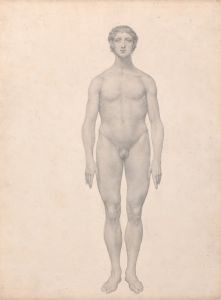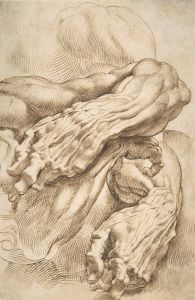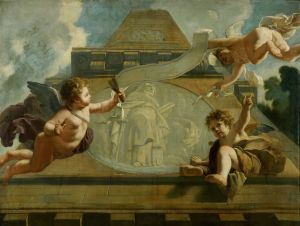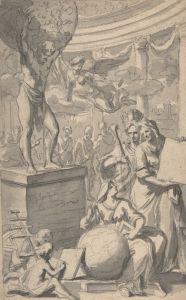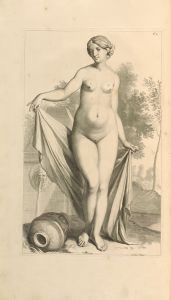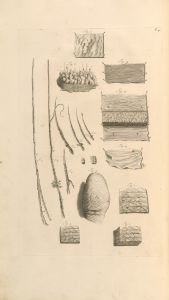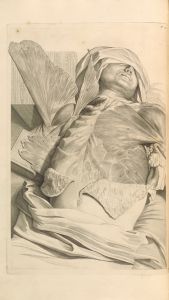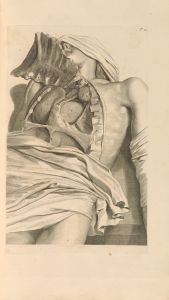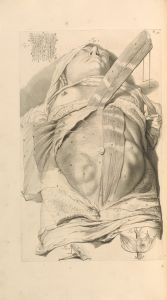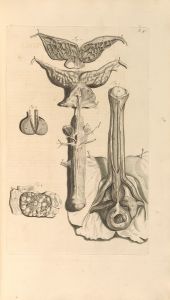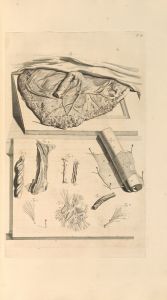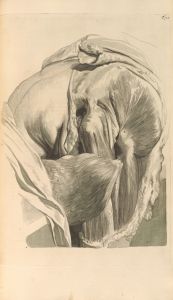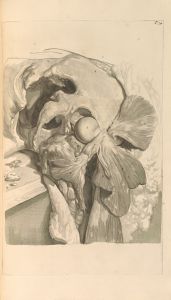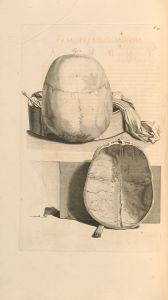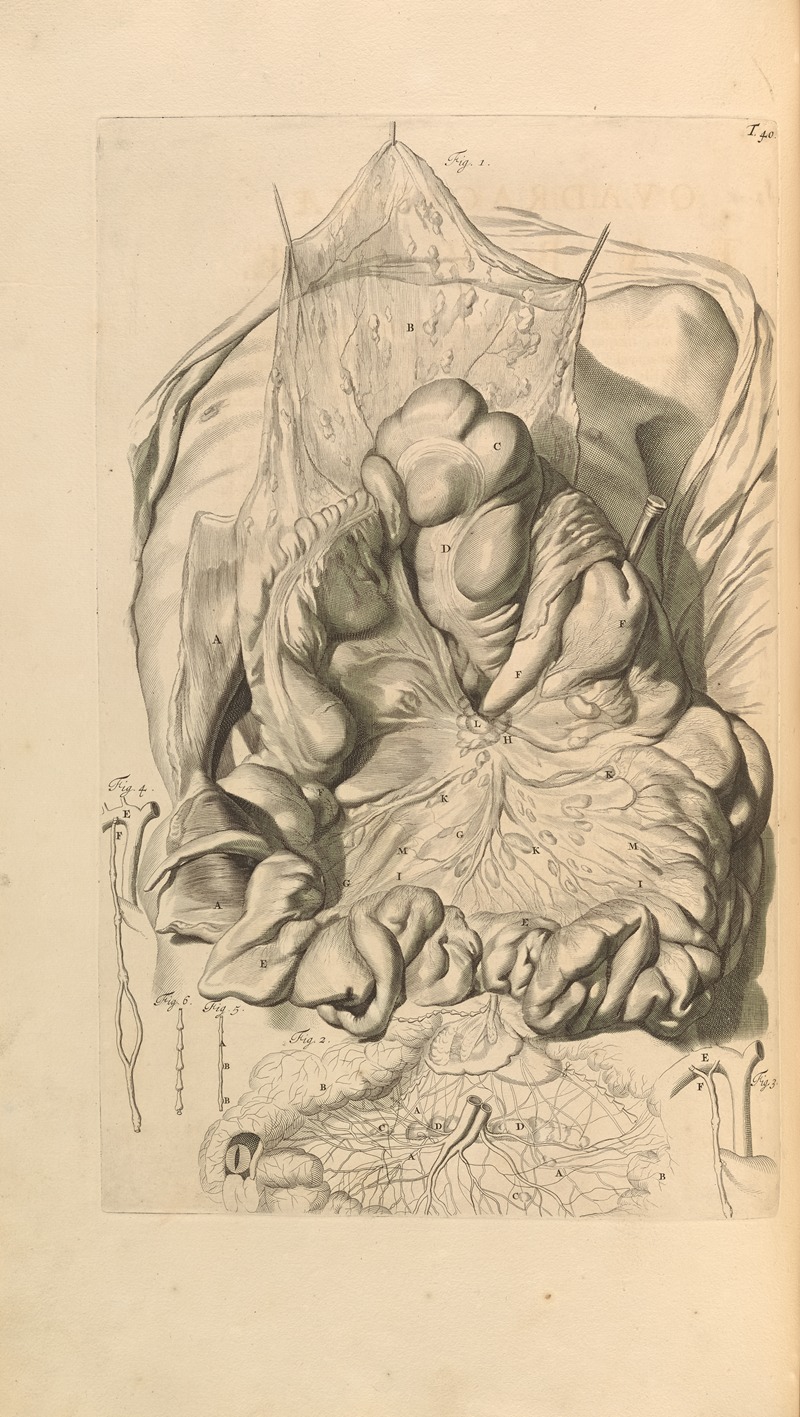
Anatomia humani corporis Pl.041
A hand-painted replica of Gerard de Lairesse’s masterpiece Anatomia humani corporis Pl.041, meticulously crafted by professional artists to capture the true essence of the original. Each piece is created with museum-quality canvas and rare mineral pigments, carefully painted by experienced artists with delicate brushstrokes and rich, layered colors to perfectly recreate the texture of the original artwork. Unlike machine-printed reproductions, this hand-painted version brings the painting to life, infused with the artist’s emotions and skill in every stroke. Whether for personal collection or home decoration, it instantly elevates the artistic atmosphere of any space.
"Anatomia humani corporis Pl.041" is an illustration by Gerard de Lairesse, a prominent Dutch Golden Age painter and art theorist. This artwork is part of a larger collection of anatomical drawings created for the book "Anatomia Humani Corporis," which was published in 1685. The book was a collaborative effort between de Lairesse and the renowned Dutch anatomist Govard Bidloo.
Gerard de Lairesse (1641-1711) was born in Liège, in present-day Belgium, and later moved to Amsterdam, where he gained fame for his classical and Baroque style paintings. Despite suffering from congenital syphilis, which eventually led to blindness, de Lairesse continued to contribute significantly to the arts through his writings and illustrations.
"Anatomia Humani Corporis" is considered one of the most detailed and artistically accomplished anatomical atlases of its time. The book contains 105 plates, meticulously illustrating the human body in various stages of dissection. Plate 041, like the others, showcases de Lairesse's exceptional skill in combining artistic beauty with scientific accuracy. The illustrations were intended to serve both as educational tools for medical students and as works of art that could be appreciated by a broader audience.
The collaboration between de Lairesse and Bidloo was groundbreaking in the field of medical illustration. Govard Bidloo (1649-1713) was a professor of anatomy and surgery at the University of Leiden and later became the personal physician to King William III of England. His expertise in anatomy, combined with de Lairesse's artistic talent, resulted in a work that was both scientifically informative and visually stunning.
Plate 041, like the other plates in the atlas, is characterized by its detailed depiction of the human anatomy. The illustration provides a clear and precise representation of the muscles, bones, and other anatomical structures. De Lairesse's use of shading and perspective enhances the three-dimensional quality of the images, making them appear lifelike and dynamic.
The publication of "Anatomia Humani Corporis" marked a significant advancement in the field of anatomical studies. It provided a more accurate and comprehensive understanding of the human body, which was crucial for the development of modern medicine. The book's detailed illustrations helped to standardize anatomical knowledge and served as a reference for medical professionals for many years.
In addition to its scientific value, "Anatomia Humani Corporis" is also recognized for its artistic merit. De Lairesse's illustrations are celebrated for their beauty and precision, and they continue to be admired by both medical professionals and art historians. The collaboration between de Lairesse and Bidloo exemplifies the intersection of art and science, demonstrating how the two disciplines can complement and enhance each other.
Overall, "Anatomia humani corporis Pl.041" by Gerard de Lairesse is a testament to the artist's skill and the importance of visual representation in the study of anatomy. The work remains an important historical document, reflecting the advancements in medical knowledge and the artistic achievements of the Dutch Golden Age.





